Economic Factors
Economic conditions play a crucial role in shaping the Insurance Claims Market. Fluctuations in the economy can influence the frequency and severity of claims, as well as the overall demand for insurance products. For instance, during economic downturns, individuals may opt for lower coverage, potentially leading to an increase in claims as they seek to minimize expenses. Conversely, a robust economy often correlates with higher disposable income, resulting in increased insurance purchases and, subsequently, claims. Additionally, inflation can affect the cost of claims, as rising prices for goods and services may lead to higher payouts. Therefore, understanding these economic dynamics is essential for stakeholders in the Insurance Claims Market.
Regulatory Changes
The Insurance Claims Market is significantly influenced by ongoing regulatory changes. Governments are increasingly implementing stricter regulations to protect consumers and ensure fair practices within the industry. For example, recent legislation mandates greater transparency in claims processing, compelling insurers to disclose more information to policyholders. This shift not only enhances consumer trust but also necessitates that companies invest in compliance systems to avoid penalties. Moreover, regulatory bodies are focusing on data protection, which impacts how insurers handle sensitive information. As these regulations evolve, the Insurance Claims Market must remain agile, adapting to new requirements while maintaining operational efficiency.
Fraud Prevention Efforts
Fraud remains a persistent challenge within the Insurance Claims Market, prompting insurers to enhance their fraud prevention efforts. The financial impact of fraudulent claims is substantial, with estimates suggesting that fraud accounts for billions in losses annually. In response, companies are increasingly employing advanced analytics and machine learning algorithms to detect suspicious patterns and mitigate risks. These technologies enable insurers to identify potential fraud at an early stage, thereby reducing losses and improving overall profitability. Furthermore, collaboration with law enforcement and industry groups is becoming more common, as collective efforts can lead to more effective fraud detection strategies. As the Insurance Claims Market continues to combat fraud, these initiatives are likely to evolve, incorporating more sophisticated tools and techniques.
Technological Advancements
The Insurance Claims Market is experiencing a notable transformation due to rapid technological advancements. Innovations such as artificial intelligence, machine learning, and blockchain are streamlining claims processing, enhancing accuracy, and reducing fraud. For instance, AI-driven tools can analyze claims data in real-time, allowing insurers to make quicker decisions. According to recent data, the adoption of these technologies is projected to increase efficiency by up to 30%, thereby improving customer satisfaction. Furthermore, the integration of mobile applications enables policyholders to file claims seamlessly, which is becoming increasingly essential in a competitive market. As technology continues to evolve, it is likely that the Insurance Claims Market will see further enhancements in operational efficiency and customer engagement.
Changing Consumer Expectations
Consumer expectations are evolving, significantly impacting the Insurance Claims Market. Today's policyholders demand faster, more transparent claims processes, often facilitated by digital platforms. A survey indicates that 70% of consumers prefer to manage their claims online, highlighting the necessity for insurers to adapt. This shift is prompting companies to invest in user-friendly interfaces and real-time tracking systems, which can enhance customer experience. Additionally, the rise of social media has made it imperative for insurers to maintain a positive online presence, as customer reviews can influence potential clients. As these expectations continue to rise, the Insurance Claims Market must innovate to meet the demands of a more informed and tech-savvy clientele.


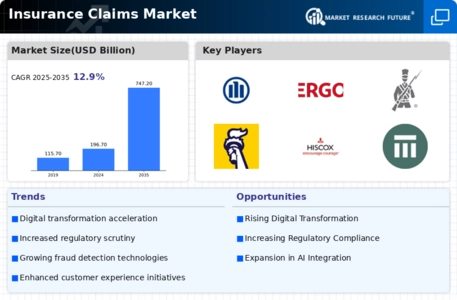
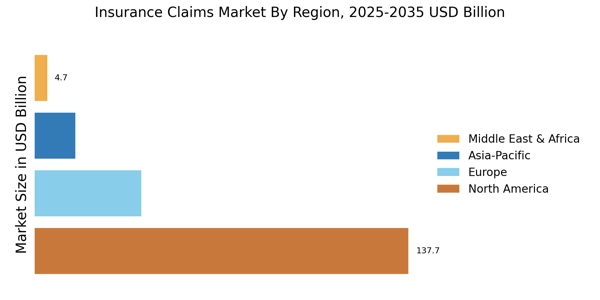


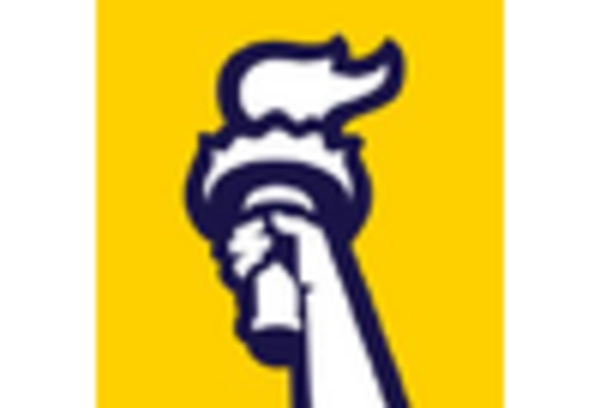
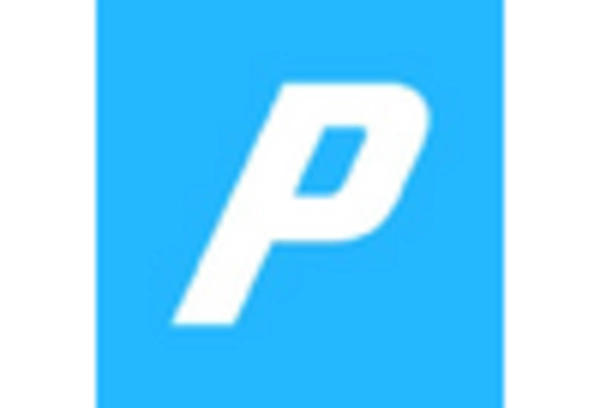
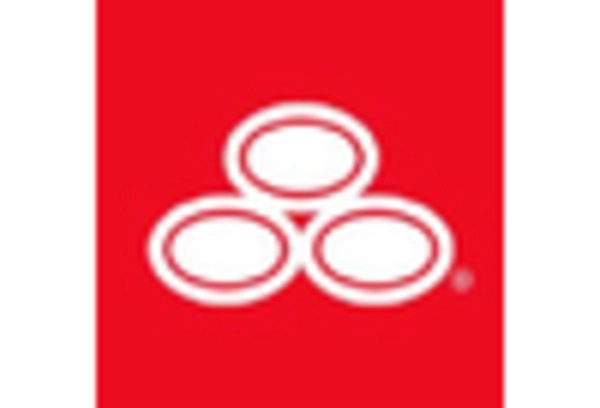
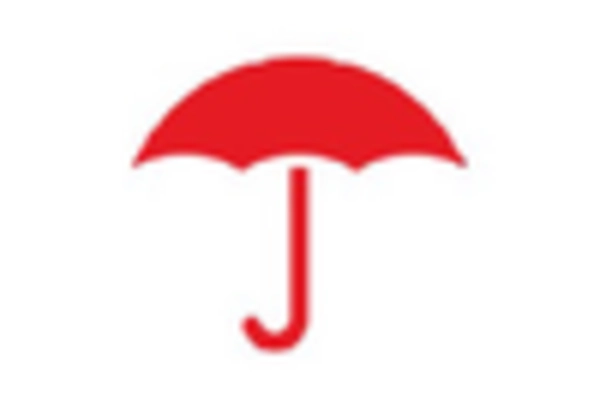








Leave a Comment